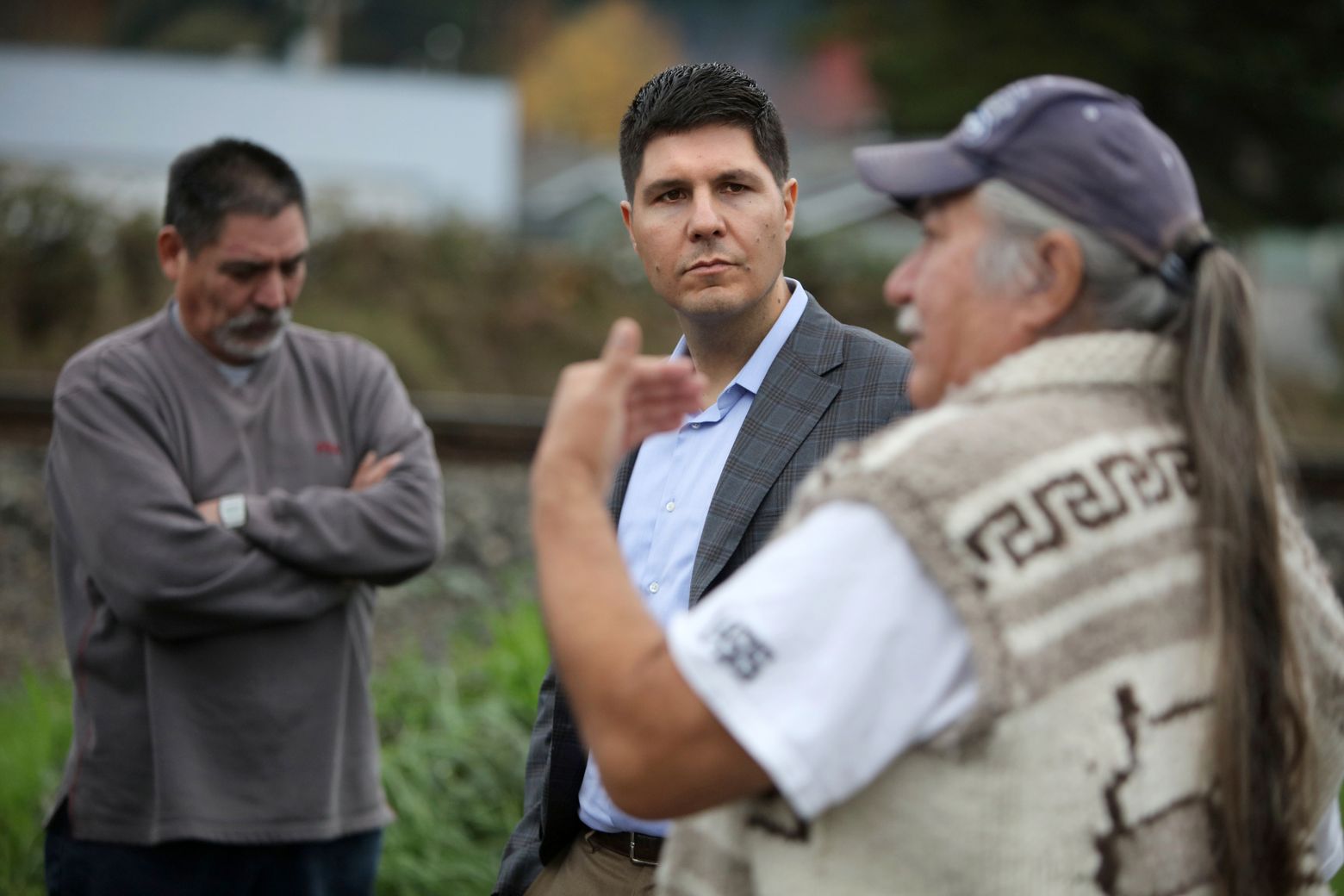“A columnist examining Obama’s background summed up his racial identity into one equation: ‘white + black = black.’ For me, that said it all.”Posted in Excerpts/Quotes on 2015-12-26 21:09Z by Steven |
The media’s metadiscussion explicitly endorsed a definition of Obama’s race that was essentially intersubjective, basing its racial descriptor on a combination of self-identification and ascription by others. Their reasoning, while not to be taken as gospel, explicitly endorsed the use of racial descriptors which were intersubjectively agreed upon. For instance, the Associated Press, whose articles and analysis dominate newspaper discussions of politics and race through both reputation and sheer numbers, endorsed such a view. As Karen Hunter, the Reader Representative at the Hartford Courant, explained in 2008, “Because The Courant relies on the Associated Press for much of its national coverage of the presidential race, the AP plays a key role in how the newspaper presents the candidates.” In accounting for the AP’s decision to use of “black” and “African American” as the proper – and essentially interchangeable – descriptors for Obama, AP Senior Managing Editor Mike Silverman explained, “I would say the answer has to do partly with the way Sen. Obama has defined himself and partly with the way American society defines someone who is biracial.” While Silverman implied a static public definition of black and biracial individuals, and ignored his organization’s own role in creating and shifting these definitions, the AP relied on what it perceived to be the intersubjective consensus in order to determine Obama’s race, rather than any set of facts related to American rules regarding blackness. Nowhere in Silverman’s recapitulation of the AP’s behind-the-scenes discussions does he mention Obama’s parentage, hypodescent, biology, or other American rules of race, although they perhaps form the background of “the way American society defines someone.”
The Washington Post, Hartford Courant, and New York Times editorial boards were among the media to take similar stances. While endorsing and explaining the AP’s use of an intersubjective standard in deciding how to describe Obama, the Hartford Courant stated that,“Obama’s candidacy is a rare and riveting opportunity exactly because it is forcing conversations about issues that have been easier to ignore for centuries.” And in CNN’s “Behind the Scenes” look at it’s coverage of Obama’s race, Jay Carrol somewhat retrospectively summed up the media’s predominate position, writing, “A columnist examining Obama’s background summed up his racial identity into one equation: ‘white + black = black.’ For me, that said it all.” While the piece is entitled “Obama: Black or Biracial?” and Carrol continues with a discussion that claims the answer is complicated, the “accuracy” of the description is treated as an academic exercise attendant to the obvious conclusion based on an assumed social ascription.
Peter Geller, “Making Blackness, Making Policy,” PhD diss., Harvard University, 2012. 42-43. http://nrs.harvard.edu/urn-3:HUL.InstRepos:9548618.



